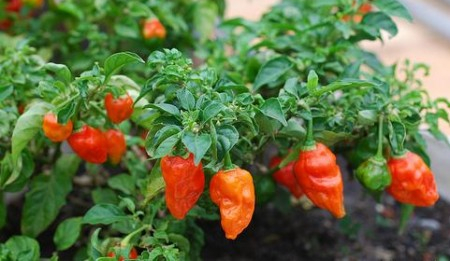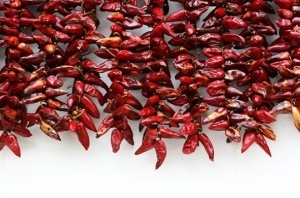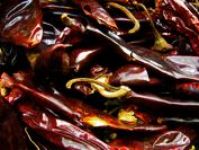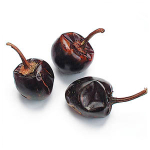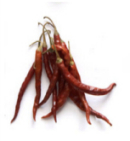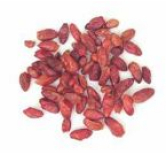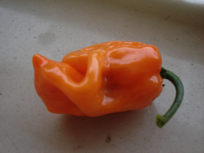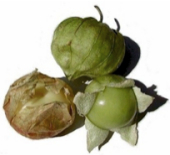Chili and paprika
Piment d'Espelette / Ezpeletako biperra PDO
The Basque pepper variety Piment d'Espelette (PDO since 1999) is wonderfully complex - rich, dark, smoky and roasted in flavor, though only moderate in heat (4000 Scoville units). Its pungent flavor slowly develops and remains a long time, giving the sweet taste of hay, fruit and toasted aromas.
Use
Essential to Basque cuisine, including Bayonne ham, piperade (similar to lecsó) and poulet basquaise. Excellent in sauces, marinades and flavoring cooking oil. Great addition to soups, pasta, rice and casseroles - even chocolate. Use as an exciting alternative to black pepper in any dish. We offer pure ground Espelette, which contains no dyes, additives or preservatives.History and production
Cultivated in the northern Pyrénées-Atlantiques mountains, Espelette has been central to Basque culture since its arrival from the New World in the 16th century. Ritually harvested in the French commune of Espelette and surrounding villages in late summer, the peppers are braided and hung on the balconies and walls of local homes to dry under the September sun.Recipes: Le Syndicat de l'AOC Piment d'Espelette

